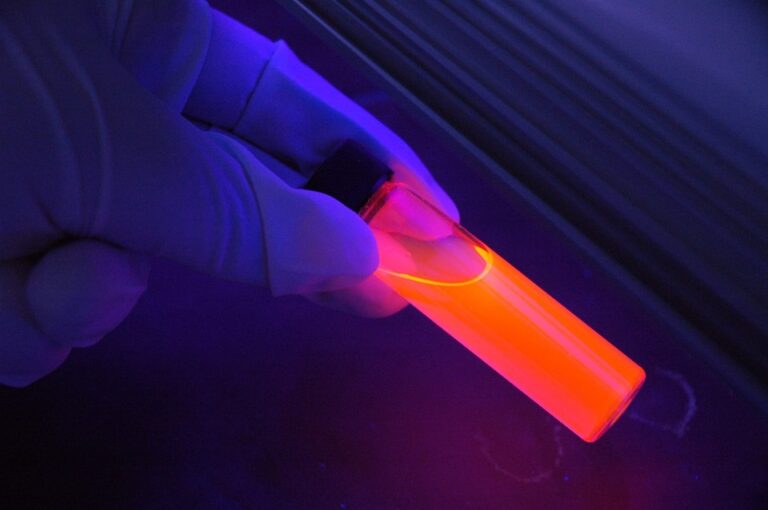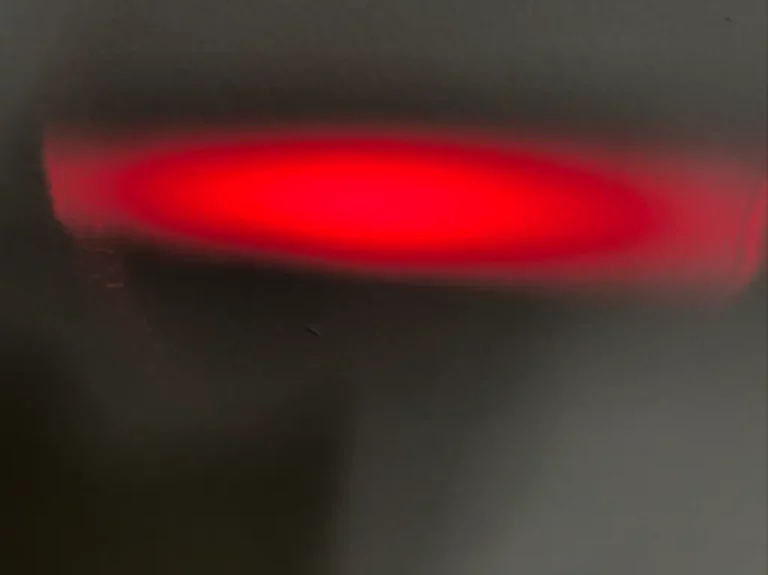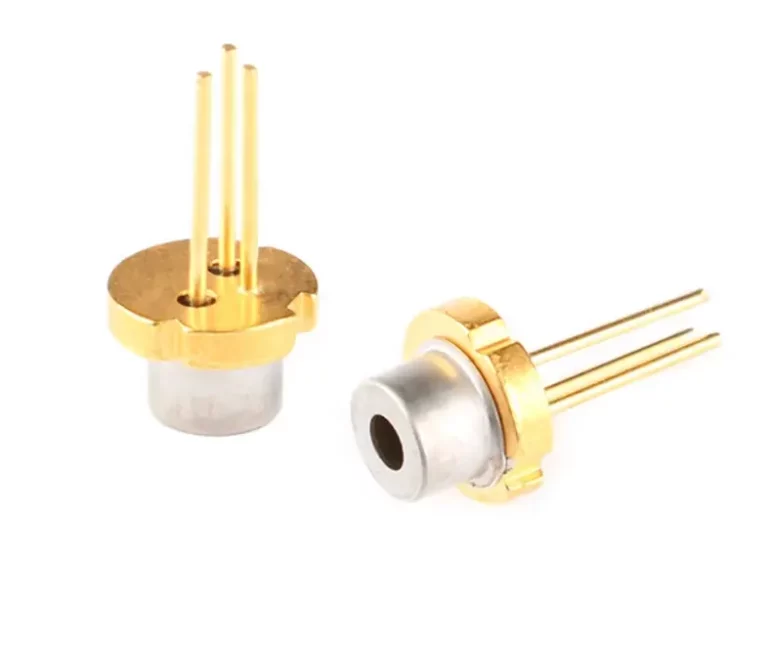From Lasers to Light-emitting Diodes and Everything in Between

Lasers and light-emitting diodes (LEDs) are two technologies that have revolutionized the way we communicate, create, and live our daily lives. Both technologies rely on the emission of light, but the mechanisms behind their operation are quite different. In this article, we will explore the science behind lasers and LEDs, their unique properties, and the various applications of these technologies.
Lasers
Lasers, or Light Amplification by Stimulated Emission of Radiation, are highly concentrated beams of light that can be used for a variety of purposes, including cutting, welding, and printing. They are produced by an active medium, such as a crystal, gas, or semiconductor, that is pumped with energy from an external source. When the energy level of the active medium exceeds a certain threshold, the atoms within the medium will emit photons, or particles of light. These photons then stimulate the emission of additional photons, resulting in a chain reaction that produces a beam of highly coherent light.
One of the unique properties of lasers is their coherence, which refers to the fact that the waves of light emitted by a laser are all in phase with each other. This allows lasers to produce a highly focused beam of light that can travel over long distances without spreading out. Another important property of lasers is their monochromatic nature, meaning that they emit light of a single frequency or wavelength. This allows lasers to be used for precise measurements and spectroscopy applications.
There are several types of lasers, including continuous wave lasers that emit a constant beam of light, and pulsed lasers that emit short bursts of light at high power levels. Each type of laser has its own unique properties and applications, and they are used in a wide range of fields, including medicine, communication, manufacturing, and entertainment.
Light-emitting Diodes
Light-emitting diodes, or LEDs, are a type of semiconductor device that converts electricity into light. They are made of a semiconductor material, typically a p-n junction, which is a boundary between two different types of semiconductor material. When electricity is applied to the p-n junction, electrons and holes (absence of electrons) are attracted to the junction, and as they recombine, they release energy in the form of light.
Unlike lasers, LEDs do not produce a highly focused beam of light. Instead, they produce a diffuse, broad-spectrum light that is useful for general illumination purposes. Another key difference between lasers and LEDs is their efficiency. LEDs are much more energy-efficient than traditional light sources, such as incandescent bulbs, and can last for many years before needing to be replaced.
LEDs are used in a wide range of applications, including lighting, displays, and signaling. They are also used in medical and scientific equipment, such as microscopes and spectrometers, where their precise wavelength control is useful.
Conclusion
Lasers and LEDs are two technologies that have had a significant impact on the way we live and work. Both technologies rely on the emission of light, but their unique properties and applications set them apart from each other. Lasers are highly concentrated beams of coherent light that are useful for cutting, welding, and printing, while LEDs are diffuse sources of broad-spectrum light that are useful for general illumination and signaling. Whether you’re using a laser to cut through steel or an LED to light up your home, these technologies have made our lives easier and more efficient.





